You will need
- CCO (concentrated cannabis oil)
- Carrier oil
- Liquid Sunflower Lecithin
- Size 00 Gelatin Capsules (be certain they will hold oil)
- Capsule-making Machine or Jig
- Pipettes or Syringes (for filling capsules)
- Storage Jars (store in glass, in the fridge)
Here's what I typically keep on hand.
Now let's take a closer look at the list.
-
Concentrated Cannabis Oil (CCO): This process is intended for CCO, and really doesn't work with infused oils, which are a dynamic healing force all their own. I encourage you to explore infused oils for all treatments. Here we'll be using CCO. These days, if you're lucky enough to live in a state that allows you access you can purchase from a dispensary, or, if you're really blessed by the canna gods, have someone grow and produce just for you. Barring that we advise you grow your own cannabis and make your own oil. This isn't rocket science, and a batch can be safely produced in your kitchen.
If you're using volatile solvents proceed with extreme caution. CCO can be produced safely at home, with the proper attention to ventilation and safety concerns.
The choice of strains or oil will depend on personal preference, disease you're treating, and the demands on the patient's time (needing to be awake for work or avoiding extreme euphoria for social responsibilities). Many find a sativa-dominant strain best for daytime, with the anticipated uplifting of the spirits and cerebral euphoria and an indica for evening through night, hoping for the body buzz and relaxation that come with indicas.
There's much learning to be done on the actions of the terpenes, and if you're lucky enough to have access to live resin, grab it. The making of CCO at home typically destroys many of the terpenes, which is unfortunate since the terpenes are akin to the steering column where the cannabinoids are the wheels. You'd like to have better control of the wheels, wouldn't you? Thankfully, cannabis is a powerhouse of cannabinoids, and what you'll get in properly processed homemade oil will definitely get you on a natural healing path.
Choose your oil with your patient's lifestyle in mind. The best advice I can give you on strain choice beyond the choice of the right strain for the right time of the day is to let your nose guide you. Once you've determined the ratio of THC:CBD you'll be using and have a selection of strains to choose from, if it's possible, smell them. Your olfactory system is an integral part of the system that will be healing you. Letting your cells guide your choice is a good idea, and almost always works out to the patient's benefit. Your body knows what it needs and it'll tell you, if you listen.
When you find the terpene profile that works for you make note of it and seek out other strains with that profile. Variety will keep tolerance levels in control. It's worth mentioning that some of the most therapeutic oils are made from a combination of strains. In this case you combine the plant material and process into a singular oil for the best entourage effect - that synergistic dance between cannabinoids and other components the plant creates in its healing oil that potentiates the whole way beyond what the components could accomplish on their own.
Kinda like what we do here.
-
Carrier Oil: The most commonly used oils are extra-virgin olive oil and coconut oil. I always go for the organic coconut oil, when I can. It just makes more sense to me that medicine be made with organic materials. Don't feel you have to be limited to these two choices. There's a wealth of oils out there with medicinal value in their own right.
Olive oil is what we recommend for just about everything except liver cancer and recreational use. As a long-chained fatty acid it gets absorbed into the lymphatic system before it would have hit the liver and had to run the gauntlet through the enzymes hell-bent on metabolizing the cannabinoids bound to the oil. By entering the system early it buys the cannabinoids time to locate and attach to receptors of cells that need signal modification. Eventually it will get to the liver, but we have ways to get the cannabinoids through as unmolested as possible that time by using methods of competitive inhibition. More on that later.
Coconut oil is the choice if you're treating liver cancer or using the BioBombs recreationally. It's a medium-chained fatty acid, and will be sent straight to the liver, which in the case of liver cancer is precisely where we want the cannabinoids. Competitive inhibition becomes more important in this case, because you want more THC available to attach to the tumor cells in the liver and the enzymes are gonna be all over them if you don't.
A caution about flaxseed oil, an excellent choice of a long-chained fatty acid. If you're treating estrogen positive breast cancer you want to avoid flaxseed oil. It contains an estrogen-like component that will cause grief by encouraging the growth of these types of tumor cells. For this reason, when we help a patient with breast cancer of any kind we tend to shy away from flaxseed. Beyond that caution, flaxseed oil is an excellent long-chained fatty acid that has great medicinal value.
Store cooked oils in the refrigerator to keep it from going rancid. Your capsules will keep better in the refrigerator as well. At room temperature mine tend to seep.
Liquid Sunflower Lecithin:
Do not substitute powdered or granular lecithin for liquid.
Lecithin sold as a diet supplement generally comes in two forms. Dry lecithin is fatty acids known as phospholipids. Phospholipids are part of every cell in your body, so getting them in your diet seems critical. Liquid lecithin, or lecithin oil, has additional glycophospholipids that do not dry out into a powder.
A phospholipid has phosphate in its molecule.
A glycophospholipid is any phospholipid that contains both phosphate and carbohydrate as integral structural components.
I follow a standard of one tablespoon of liquid sunflower lecithin for every cup or less of oil I'm using. Obviously, if I'm making a tiny batch of less than a half cup of oil I'll cut that volume down, but lecithin is found in such quantity in the human brain that I don't think you can get enough of it. The only reason we modified this recipe to include less lecithin was to get in more cannabinoids.
The lecithin is used to encapsulate the cannabinoids that are bonded to the molecules of carrier oil and more efficiently get them into the system. We believe it's the addition of the lecithin that makes these capsules hit faster than standard capsules without. There's no denying our capsules take effect much faster. Mine hit within 10 minutes of ingesting. That warning Cajun gave us about potency of effect should be believed.
When the oils and lecithin are combined and fully mixed you'll be keeping the mix in the refrigerator for a full 24 hours to give the lecithin time to do its magic. This mix is notorious for separating, and we recommend that you mix it again very thoroughly before you fill the capsules. Kingston Rabbi has developed the habit of bringing it back to room temperature, stirring and stirring and stirring to get it fully mixed, and then giving it another 24 hours of refrigeration before attempting to fill capsules. This sounds like a sound approach to me, I'm going to start doing the same thing and I'd recommend you follow suit.
Size 00 Gelatin Capsules: Make certain that the capsules you buy are rated to hold oils. Imagine the frustration of finding out too late that you made that critical mistake.
The size 00 will hold 0.9 ml of oil, or slightly more if you fill to the top. If you look closely at the capsules you'll notice a line at the top of the larger chamber that shows you where to stop. We feel this gives you close enough to 1 ml of medicine to call it such, but the reality is you'll get a couple more capsules out of your batch. This small variation is nothing to be concerned with therapeutically. You're going to get a good supply of cannabinoids in each capsule sufficient to meet your needs. Clinical experience is beginning to show that most disease is controlled or overcome with much less cannabis than we imagined. The idea is to gently encourage the ECS back into top form, not beat it into submission with a cannabinoid hammer.
Capsule-making Machine: There are any number of jigs available on the market. In a pinch you could make one of your own with a piece of wood and a drill. It's nearly impossible to fill a quantity of capsules by hand without wanting to jump out a window.

Do yourself a favor and invest in a jig. Your life will be so much easier.
Pipettes: I buy 3 ml size, but they came in larger sizes. Some of the oilers use syringes, some very large, and if you're doing a large batch, this is something to consider. I make small batches to have a two week supply on hand for me and my patients, so these work for me. In a pinch an eye dropper will work too. One of the advantages of using the disposable pipettes is their disposability. Oil can be messy and pipettes make cleanup a breeze.
Storage Jars: It's preferred to store in glass jars. This may be unnecessary and is probably born out of the habit of using canning jars to store the trichome-laden buds. Glass is easier to clean than plastic, and that's enough reason for me. You make your own determination.








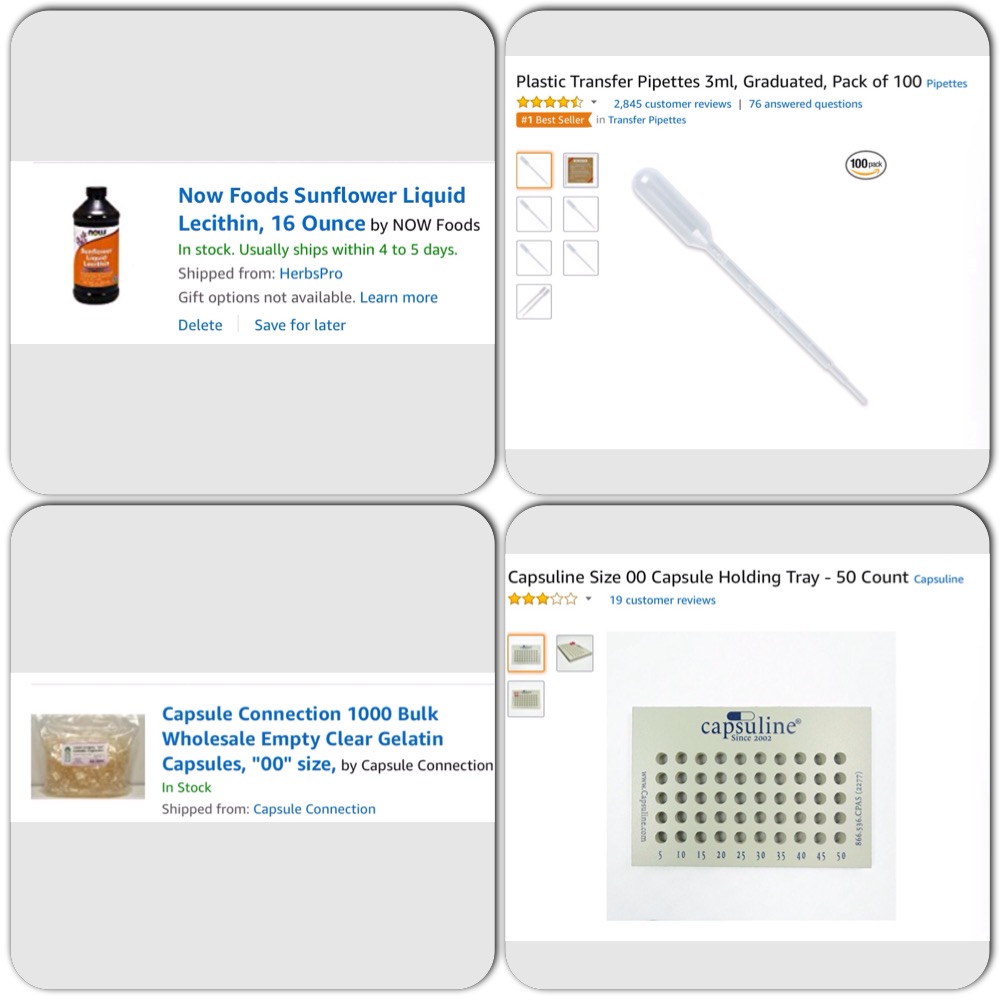
 Do yourself a favor and invest in a jig. Your life will be so much easier.
Do yourself a favor and invest in a jig. Your life will be so much easier. 
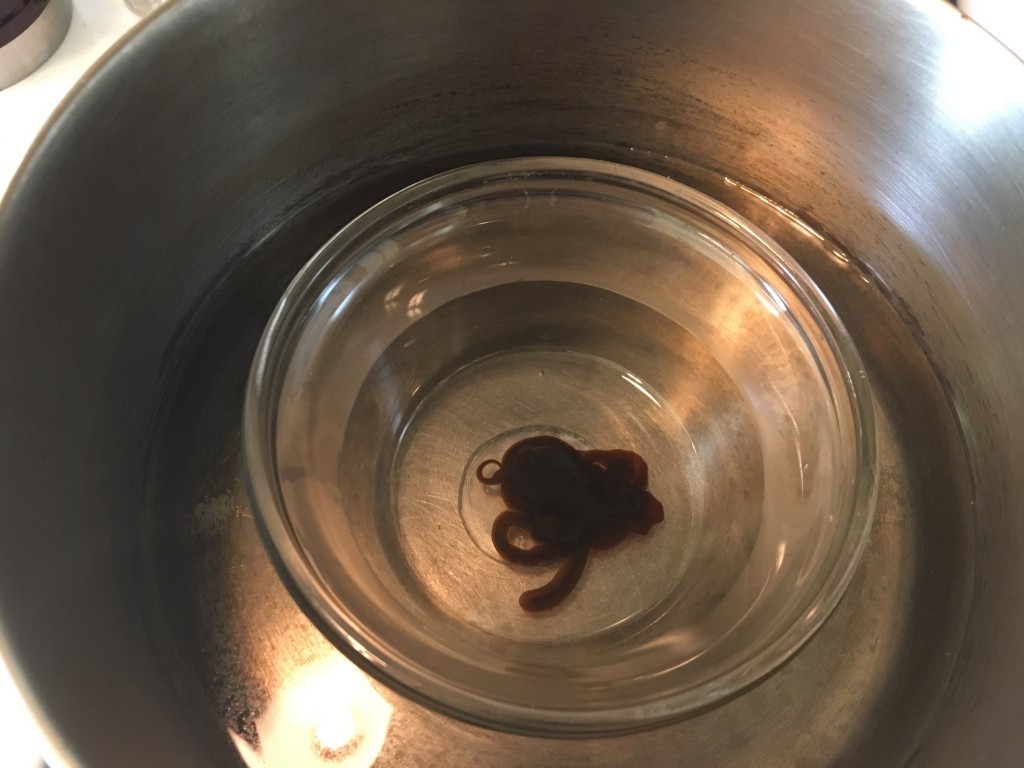
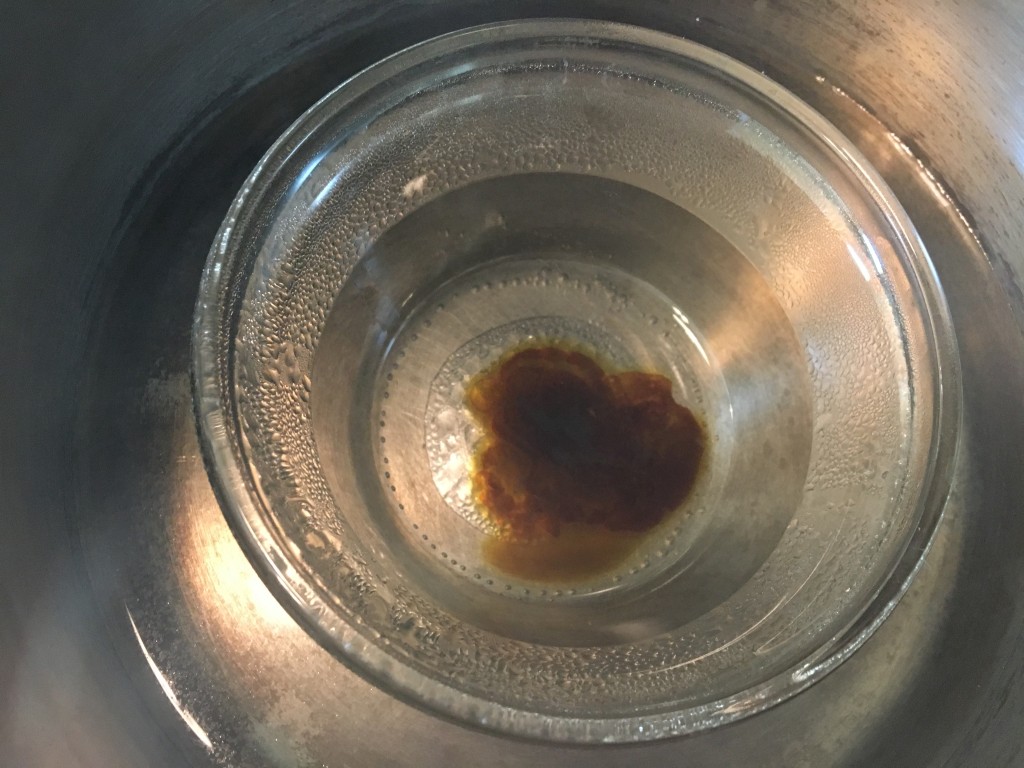
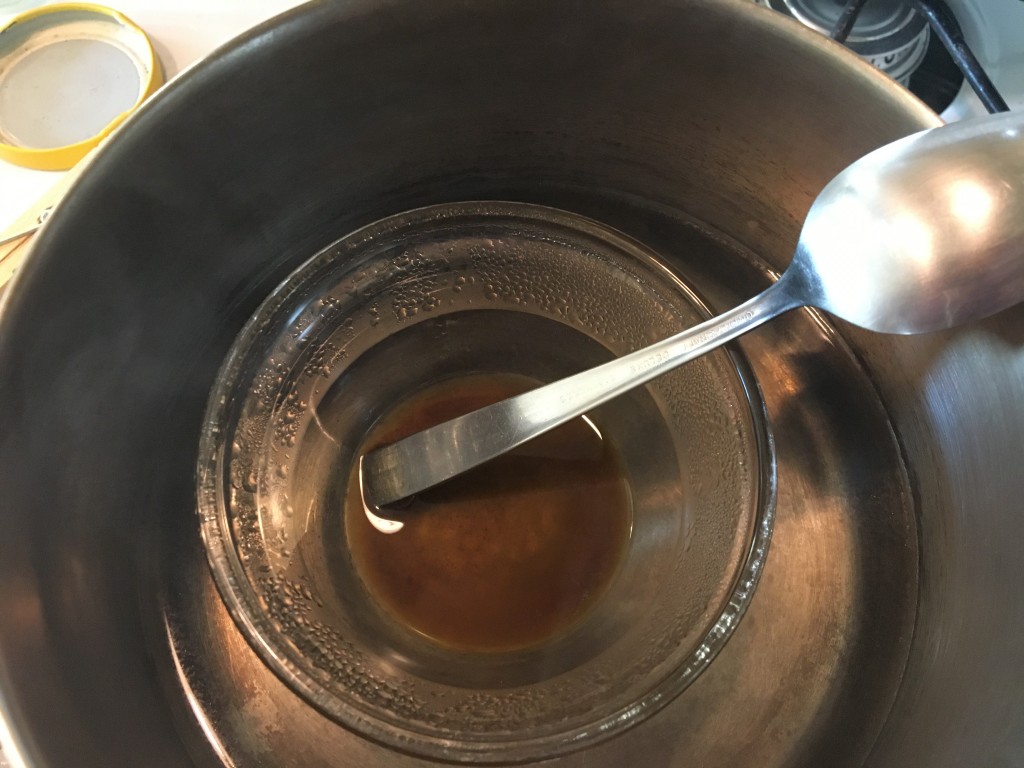
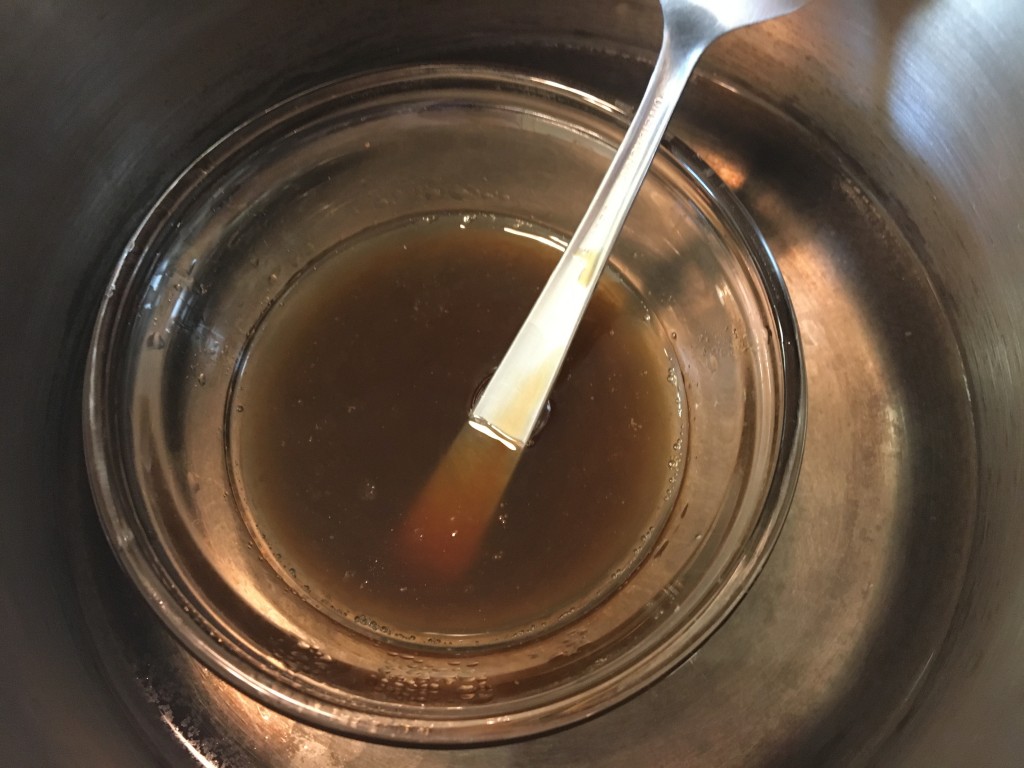
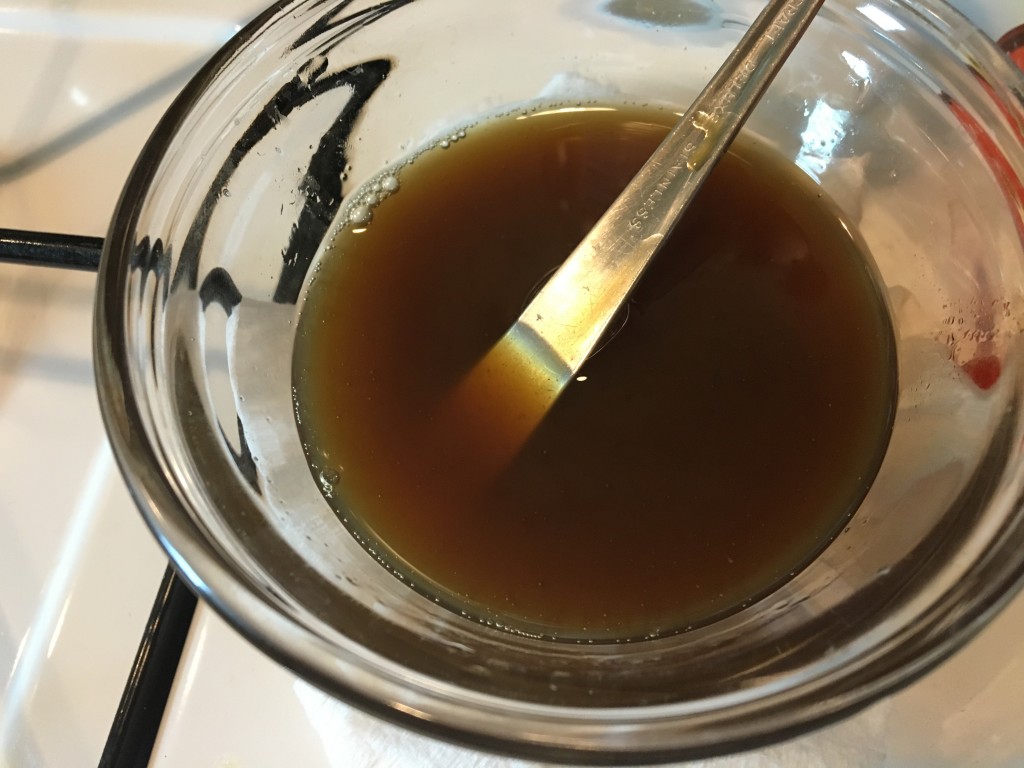
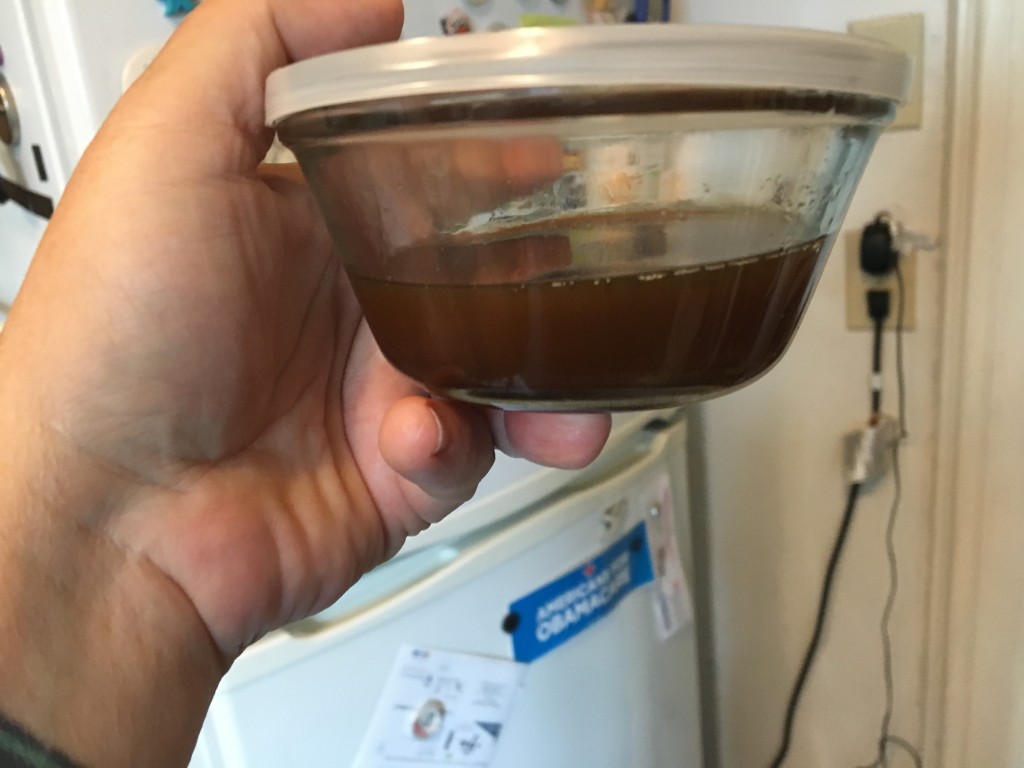

 He disappointed me by refusing to take the hit. He'd initially have been vilified by the conservative right, until they started reaping the health benefits of cannabis as a nutrient, and the tune would have dramatically changed. In the end he'd have gone down in history loved by the masses, liberal and conservative. I held onto my optimistic hope that he'd decide to not be concerned about what others would say. He passed up a stellar opportunity to make a profoundly positive impact on world health and economy.
He disappointed me by refusing to take the hit. He'd initially have been vilified by the conservative right, until they started reaping the health benefits of cannabis as a nutrient, and the tune would have dramatically changed. In the end he'd have gone down in history loved by the masses, liberal and conservative. I held onto my optimistic hope that he'd decide to not be concerned about what others would say. He passed up a stellar opportunity to make a profoundly positive impact on world health and economy.




